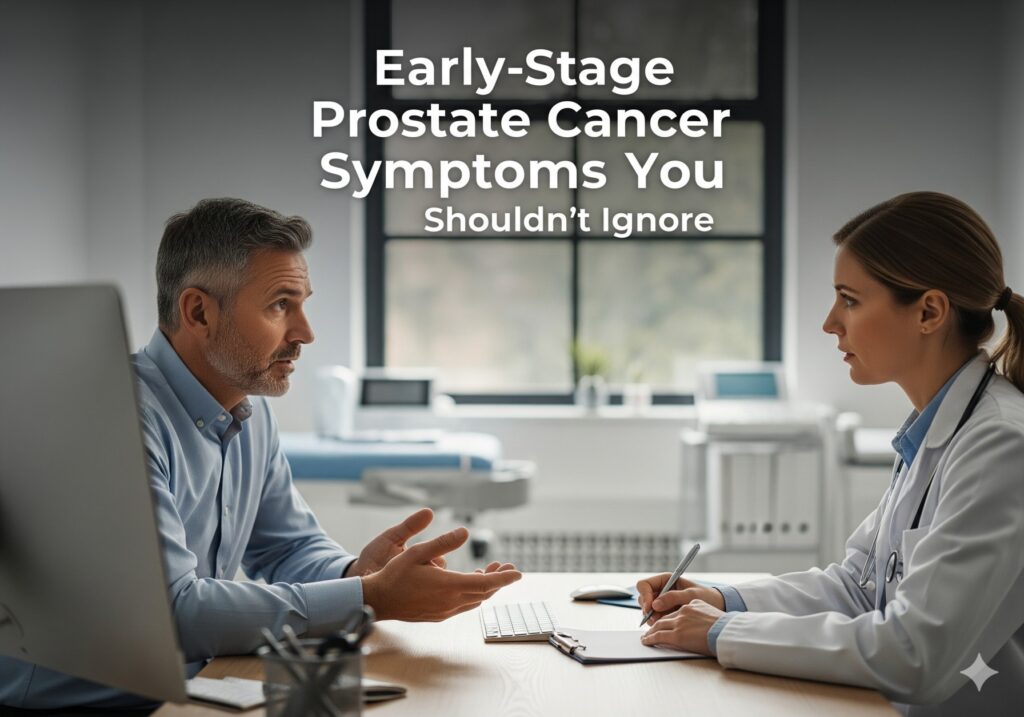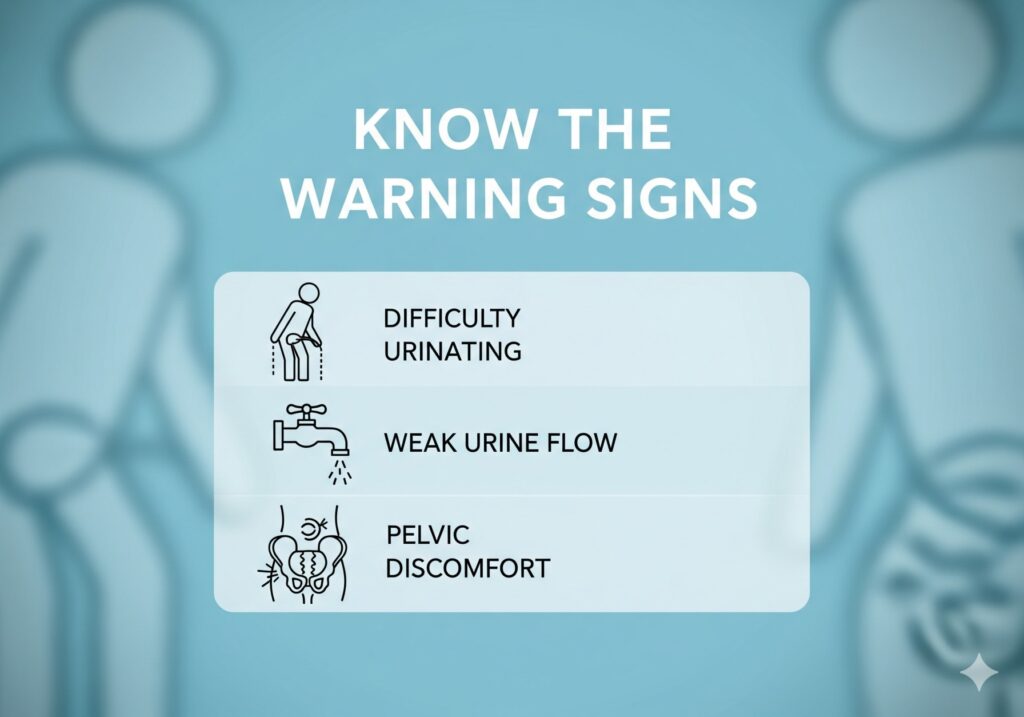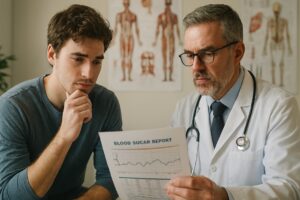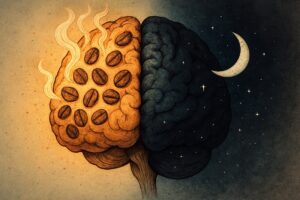
Early-stage prostate cancer symptoms explained
Learn about early-stage prostate cancer symptoms you should not ignore. A complete guide with causes, risks, and expert health resources.
Early-Stage Prostate Cancer Symptoms You Shouldn’t Ignore

Prostate cancer often develops slowly. In many men, it causes no signs at first. However, recognizing early-stage prostate cancer symptoms can make a big difference. Detecting cancer early means treatment is often easier and more successful.
In this article, we will explore the most common early symptoms, risk factors, and when to see a doctor. We’ll also link to trusted resources and related guides for deeper understanding.
👉 Read more on the National Cancer Institute.
Why Early Detection Matters
Prostate cancer is one of the most common cancers in men. The good news is that survival rates are high when it is caught early. At stage 1 or stage 2, cancer is usually confined to the prostate. This means treatment options are more effective and less invasive.
But here’s the challenge: early-stage prostate cancer often shows very few or no symptoms. That’s why awareness and routine checkups are so important.
Common Early-Stage Prostate Cancer Symptoms
While many men may feel healthy, some subtle warning signs may appear. If you notice the following symptoms, don’t ignore them:
1. Difficulty in Urinating
One of the first early-stage prostate cancer symptoms is trouble starting or stopping urine flow. Some men also notice a weak stream.
2. Frequent Urination, Especially at Night
Needing to urinate more often, particularly at night, can be a red flag.
3. Pain or Burning Sensation While Urinating
Although often linked to infections, persistent pain or burning during urination may also signal prostate problems.
4. Blood in Urine or Semen
Even a small trace of blood is not normal. If this happens, medical advice is essential.
5. Discomfort in the Pelvic Area
Some men report dull pain or pressure around the pelvis.
👉 For a broader list, see our guide on prostate cancer treatment and symptoms.
Other Possible Signs You Should Watch

Besides urinary changes, early-stage prostate cancer may also show other symptoms:
- Erectile difficulties
- Painful ejaculation
- Unexplained weight loss or fatigue
These may not always mean cancer, but they should never be ignored.
What Causes These Symptoms?
The prostate surrounds the urethra, which carries urine out of the body. When cancer cells grow, they press on the urethra and nearby tissues. This is why many early-stage prostate cancer symptoms are linked to urination.
👉 Learn more from Mayo Clinic.
Risk Factors to Keep in Mind
Not every man has the same level of risk. You may face a higher chance of prostate cancer if:
- You are over 50 years old.
- A father, brother, or close relative had prostate cancer.
- You are African-American, as risk is higher in this group.
- You eat a diet high in red meat or fatty foods.
Understanding these risks helps you stay alert to early-stage prostate cancer symptoms.
When to See a Doctor
Because symptoms can be vague, men should not wait for obvious signs. Experts recommend:
- Talking to a doctor about prostate cancer screening at age 50.
- Starting discussions at age 45 if you are high-risk.
- Considering a PSA blood test and a digital rectal exam (DRE).
👉 American Cancer Society – Prostate Cancer Screening Guidelines.
Diagnosis and Tests
If symptoms raise concern, doctors may suggest:
- PSA Test: Checks prostate-specific antigen in blood.
- Digital Rectal Exam (DRE): The Doctor feels the prostate for changes.
- Biopsy: Small tissue samples confirm cancer.
- MRI or CT scan: Detects if cancer has spread.
Early diagnosis is the key to effective prostate cancer treatment.
Lifestyle and Prevention Tips
Even though you can’t fully prevent prostate cancer, healthy habits may lower your risk:
- Eat fruits, vegetables, and whole grains.
- Exercise regularly.
- Maintain a healthy weight.
- Limit alcohol and processed foods.
👉 Cancer Research UK – Living with Prostate Cancer.
FAQs on Early-Stage Prostate Cancer Symptoms
1. What are the first signs of early-stage prostate cancer?
Difficulty urinating, frequent urination at night, and blood in the urine are common early symptoms.
2. Can prostate cancer be present without symptoms?
Yes. Many men have no symptoms in the early stages, which is why screening is important.
3. Does pain always mean prostate cancer?
No. Pain can come from infections or other conditions, but persistent pain should not be ignored.
4. Who is at the highest risk for prostate cancer?
Men over 50, African-American men, and those with a family history are at higher risk.
5. Can lifestyle changes help reduce risk?
Yes. A balanced diet, exercise, and regular checkups can help lower risk.
Final Thoughts
Recognizing early-stage prostate cancer symptoms can save lives. Even though many men may not notice obvious changes, subtle signs like urinary problems or pelvic discomfort should be taken seriously.
Regular checkups and awareness are the best tools for early detection. Remember: the earlier prostate cancer is caught, the easier it is to treat.
👉 Explore related articles:
Medical Disclaimer: This article is for educational purposes only and is not a substitute for professional medical advice, diagnosis, or treatment. Always consult a qualified healthcare provider with any questions you may have about your health or before making changes to your diet or lifestyle.
Call to Action: If you found these tips helpful, share this article with friends and family. For more science-backed health insights, explore our latest blogs on Nowspress.






2 thoughts on “How to Spot Early-Stage Prostate Cancer Symptoms Fast”